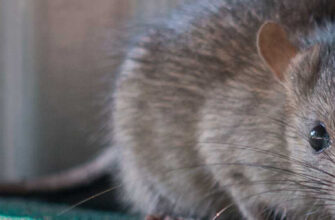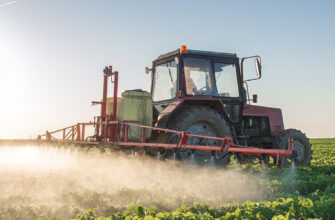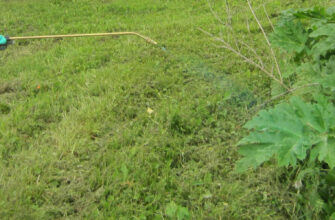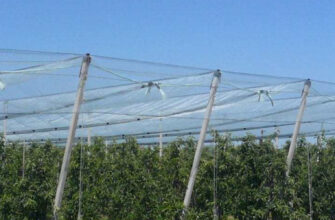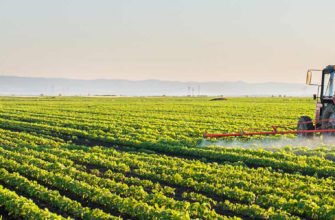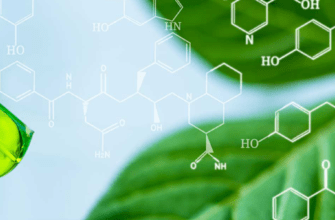Fumigation is a process aimed at controlling various pests and disease-causing organisms using substances known as fumigants. The term “fumigation” comes from the Latin word fumigatus, meaning “to fumigate,” which refers to incense or smoke.
Historically, fumigation has been used to protect agricultural harvests. Stored grain and other plant products are often susceptible to pest infestations during storage. Fumigation is applied not only to warehouses but also to homes, ships, churches, and other structures. Read on to learn more about what fumigants are, their types, and their applications.
What Are Fumigants?
Fumigants are pesticides that enter the body of harmful insects or animals through their respiratory systems in the form of gas. These substances come in various forms: solids (such as pellets, tablets, dragees, or strips), liquids (such as impregnated plates, ready-to-use solutions, or concentrates for dilution), or gaseous sprays.
Fumigants are released through various devices, such as electric fumigators, or by spraying. They can also be emitted from solid, tablet-like agents that release gas upon contact with air.
The most distinctive feature of fumigants is their effectiveness in combating harmful organisms. They can penetrate rodent burrows, cracks, crevices, and grain masses—places where conventional insecticides cannot reach. Fumigants are generally neutral or have minimal impact on most materials subjected to fumigation. They vary in terms of application volume, method, form, and toxicity level.
Applications of Fumigation
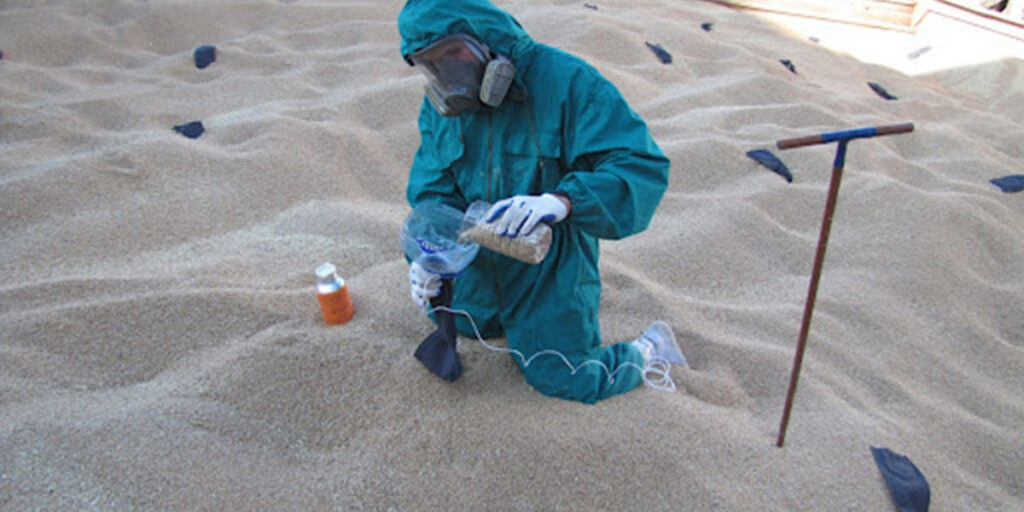
- Agriculture and Horticulture: Fumigation is used to eliminate crop pests. It is widely applied in the grain industry to disinfect grain in silos and warehouses. It is also effective for treating ships and containers transporting food products or tobacco.
- Transportation: Fumigation is used to disinfect pallets, platforms, trailers, and containers.
- Woodworking and Construction: Fumigants are employed to combat pests in wooden products, furniture, flooring, roofs, attics, and buildings. Fumigation of wood is suitable for both coniferous and deciduous species, new or old, coated or uncoated, and treated or untreated materials.
- Large-Scale Structures: Fumigation is commonly used for large facilities such as churches, museums, palaces, guesthouses, hotels, warehouses, silos, and ships. It is suitable for various materials, including wood, paper, precious metals, food products, and grains.
- Residential Settings: Fumigation is used to control wood-damaging pests in homes, as it can eliminate all known pest species at any stage of development (e.g., flies and mosquitoes). It is effective in both wooden and brick houses, small or large, and new or historic buildings.
Types of Fumigants by Active Ingredient
The primary active ingredients in the most commonly used fumigants are phosphine, aluminum phosphide, and magnesium phosphide. Below, we also explore other substances used in fumigation.
Methyl Bromide (CH₂Br₂)
This is a highly toxic substance (Class T+). It has a wide range of applications, used to eliminate insects, rodents, and pests in various sectors, including agriculture, the grain industry, construction, transportation, and horticulture.
Phosphine (PH₃)
Phosphine is a highly toxic substance (Class T+). It has a broad spectrum of applications and is used to eliminate insects, rodents, and pests in many areas. It is particularly common in agriculture for fumigating grain crops, in transportation, and in construction for treating processed wood, such as roofs, attics, wooden structures, houses, and buildings.
Phosphine is a colorless, odorless, and tasteless gas formed from aluminum or magnesium phosphide. It contains an additive that smells like ammonia to alert humans and animals to the fumigation process. Heavier than air, it decomposes quickly in the atmosphere and requires precise sealing tailored to the fumigated material.
There is a risk of spontaneous combustion if exposed to water or acid at concentrations around 17,900 ppm, but when used professionally, it poses no ignition hazard. It does not alter the taste or smell of food products. Wood treated with phosphine does not discolor, and it eliminates all pest types at all developmental stages. In some cases, it may react with copper and precious metals. Phosphine has no negative impact on the ozone layer and is used as a substitute for methyl bromide.
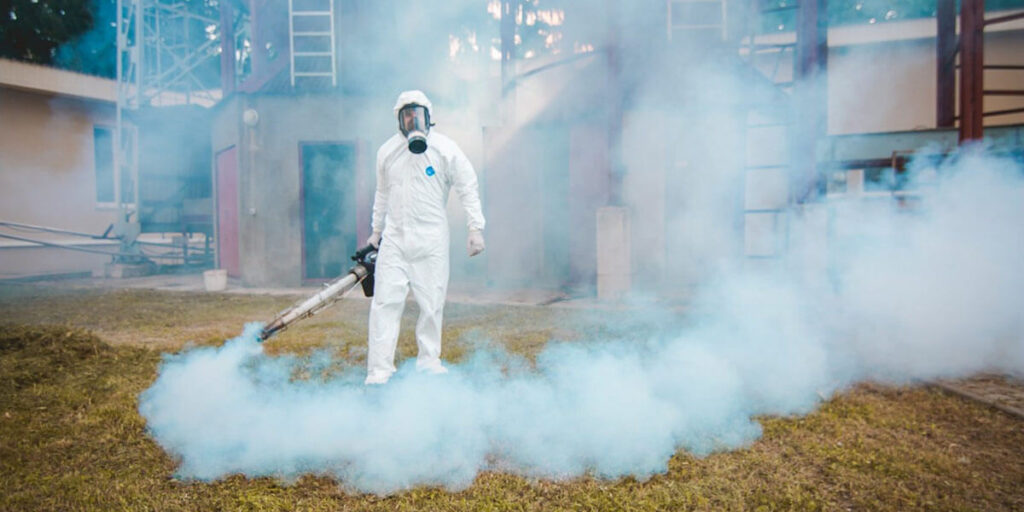
Dichlorvos (DDVP)
A highly toxic substance (Class T+), dichlorvos is an organophosphate contact pesticide. It is commonly used to disinfect empty storage facilities through spraying.
Sulfuryl Fluoride (SO₂F₂)
This highly toxic substance (Class T+) was developed and is primarily used in the United States to control termites, pantry pests, and wood-damaging pests. Sulfuryl fluoride does not affect the taste or smell of food products.
It poses no risk of spontaneous combustion but requires proper sealing of the treated product. It effectively eliminates a wide range of pantry and wood pests at all developmental stages. Sulfuryl fluoride has no negative impact on the ozone layer and can be used as a substitute for methyl bromide.
Nitrogen (N)
A primary component of air, nitrogen becomes toxic at certain concentrations. Under normal conditions, it is a colorless, odorless gas. It is used to eliminate harmful organisms in various materials, including paper and wood. Nitrogen is often applied using modern methods that involve sealing treated items, products, or equipment in gas-tight film, from which oxygen is displaced and nitrogen is introduced.
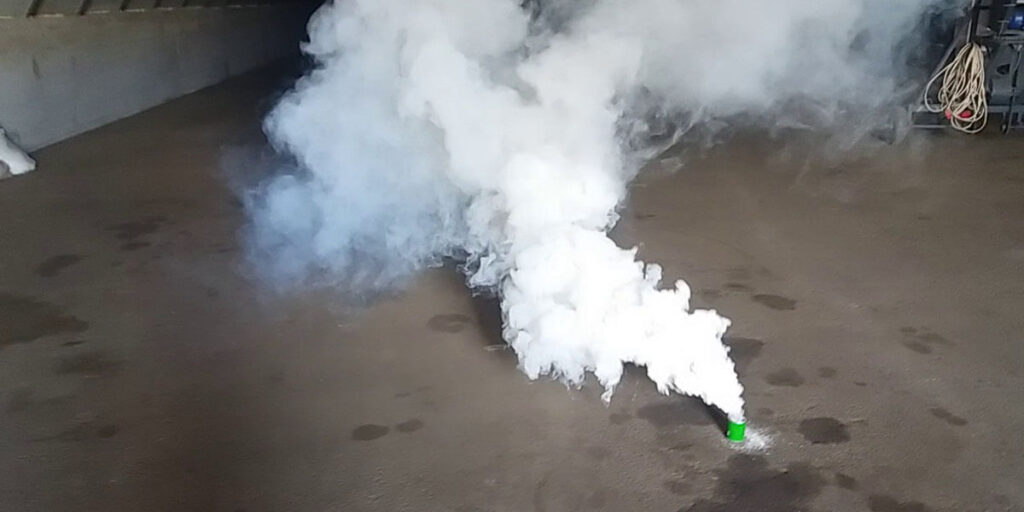
Share Your Experience
In the comments, let us know whether you use fumigants to control pests and which specific products you find most effective.
If you have found a spelling error, please, notify us by selecting that text and pressing Ctrl+Enter.

